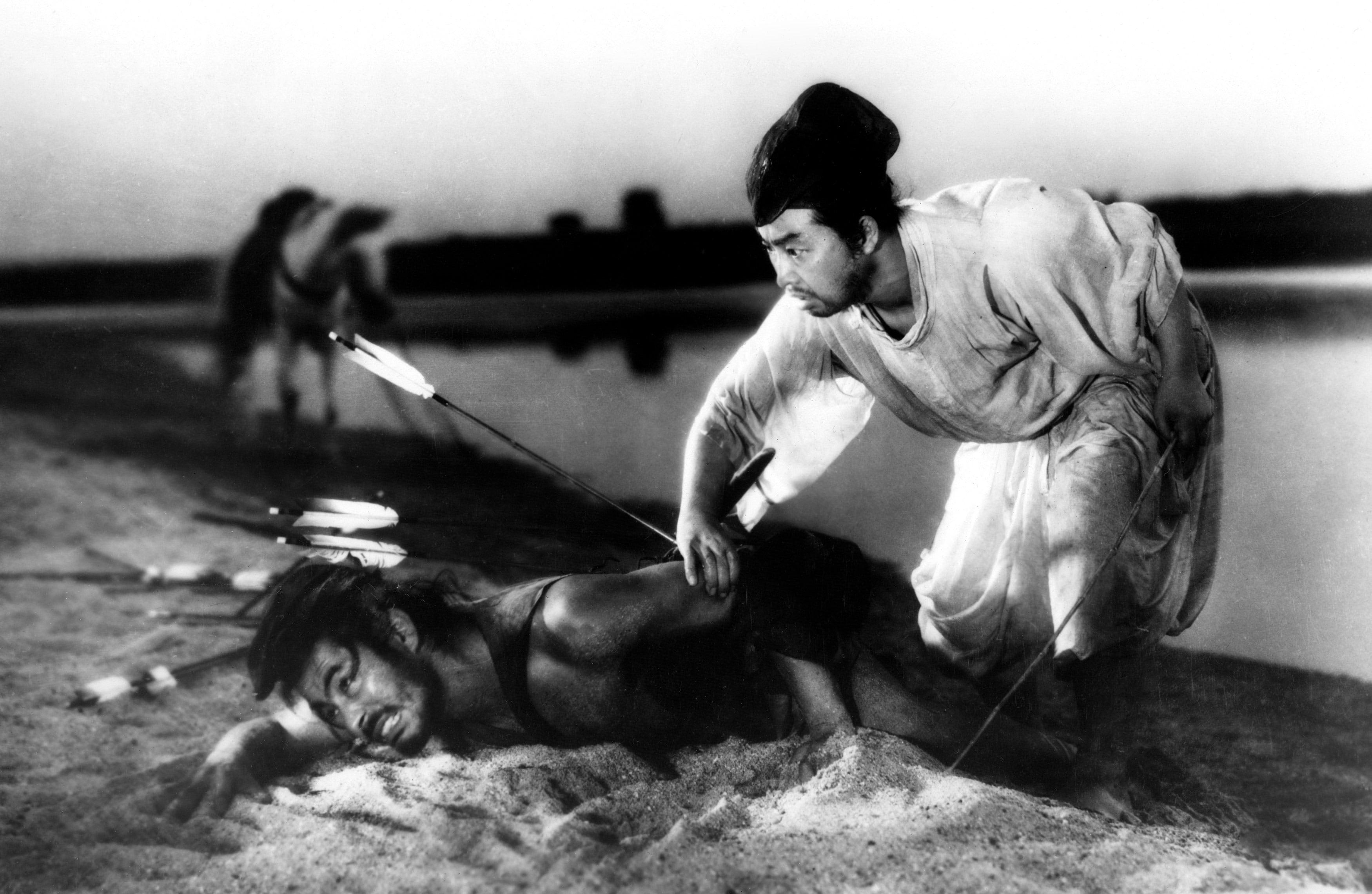Title: Unveiling Perspectives:
Introduction:
In the ever-evolving landscape of modern cinema, few films have left as indelible a mark as Akira Kurosawa‘s 1950 masterpiece, “Rashomon.” Renowned for its groundbreaking narrative structure, “Rashomon” introduced the world to a storytelling technique that defies linearity and embraces multiplicity. This film not only challenged conventional cinematic norms but also laid the foundation for a new era of narrative exploration. As we delve into the influence of “Rashomon” on contemporary filmmaking, we uncover how its innovative approach to perspective and truth has inspired a generation of directors, reshaping the way stories are told and experienced on screen. Through an analytical lens, this article examines the enduring legacy of “Rashomon” and its profound impact on the art of storytelling in modern cinema.
Rashomons Narrative Structure: A Catalyst for Multi-Perspective Storytelling
The narrative structure of Akira Kurosawa’s Rashomon has become a foundational blueprint for multi-perspective storytelling in modern cinema. By presenting the same event through the divergent testimonies of multiple characters, the film challenges the notion of an objective truth. This technique not only compels audiences to question the reliability of narrators but also encourages a deeper engagement with the story as viewers piece together fragmented perspectives to form their own conclusions.
Key elements of this structure include:
- Subjectivity of Truth: Each character’s version of events highlights personal biases and motivations, emphasizing that reality is often a matter of perception.
- Complex Characterization: By allowing characters to reveal their own narratives, filmmakers can explore complex personalities and hidden motives.
- Engagement Through Ambiguity: The unresolved nature of conflicting accounts keeps audiences invested, as they are tasked with determining the most credible version of the story.

The Role of Ambiguity: Enhancing Depth and Engagement in Film Narratives
Ambiguity serves as a powerful tool in film narratives, inviting viewers to engage with the story on a deeper level. By deliberately leaving certain elements open to interpretation, filmmakers encourage audiences to explore various perspectives and meanings. This technique, exemplified by Akira Kurosawa’s Rashomon, challenges the notion of a singular truth, compelling viewers to actively participate in the narrative’s unfolding.
In modern cinema, ambiguity enhances storytelling by:
- Encouraging Active Participation: Viewers become detectives, piecing together clues and forming personal interpretations, which increases investment in the narrative.
- Fostering Emotional Engagement: Ambiguity allows for a more profound emotional experience, as audiences grapple with uncertainty and reflect on their own beliefs and biases.
- Creating Timeless Stories: Films that embrace ambiguity often remain relevant, as they invite endless discussion and reinterpretation across generations.

Character Subjectivity: Crafting Complex Personalities in Modern Cinema
One of the most profound influences of Rashomon on modern cinema is its revolutionary approach to character subjectivity, which has reshaped how filmmakers construct complex personalities. By presenting the same event from multiple perspectives, Akira Kurosawa challenged audiences to engage with the internal worlds of each character, revealing the intricate layers of human psychology. This technique allows for a deeper exploration of personal biases, motivations, and emotional truths, fostering a rich tapestry of character development that resonates with contemporary audiences.
- Multiple Perspectives: Emphasizes the idea that truth is multifaceted and subjective.
- Internal Conflict: Characters are portrayed with conflicting emotions, adding depth and realism.
- Unreliable Narrators: Invites viewers to question the credibility of each character’s story.
In modern cinema, this technique is seen in films that delve into the nuances of identity and moral ambiguity, compelling audiences to reflect on their perceptions of truth and reality. By embracing the complexity of human experience, filmmakers craft stories that are not only engaging but also intellectually stimulating, echoing the timeless impact of Kurosawa’s vision.

Integrating Rashomon Techniques: Recommendations for Filmmakers Today
To effectively integrate the multifaceted storytelling techniques popularized by Rashomon, modern filmmakers should consider the power of non-linear narratives and multiple perspectives. These techniques not only add depth to storytelling but also engage audiences by challenging them to piece together fragmented narratives. By presenting events from various viewpoints, filmmakers can create a tapestry of interpretations, allowing viewers to actively participate in the storytelling process.
- Utilize Non-linear Structures: Breaking away from chronological order can heighten suspense and encourage viewers to seek connections between events.
- Incorporate Multiple Perspectives: Showcasing different characters’ viewpoints can add complexity and nuance, revealing the subjective nature of truth.
- Focus on Character Development: Deeply developed characters with distinct voices make each perspective compelling and believable.
By embracing these techniques, filmmakers today can craft narratives that are not only compelling but also provoke thoughtful reflection and discussion, echoing the timeless impact of Kurosawa’s masterpiece.

